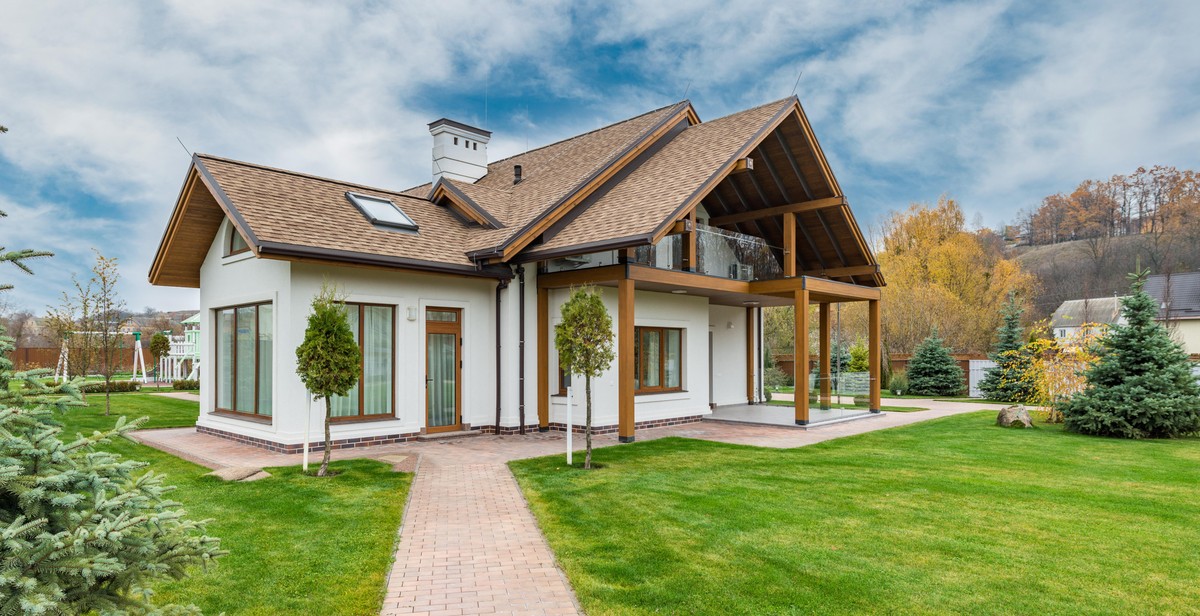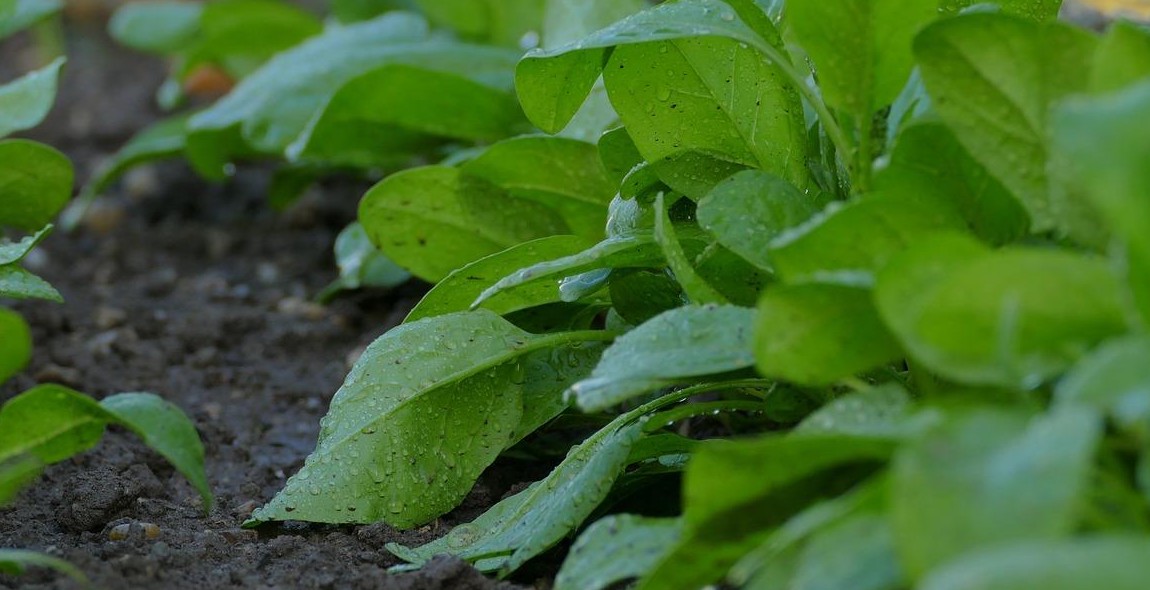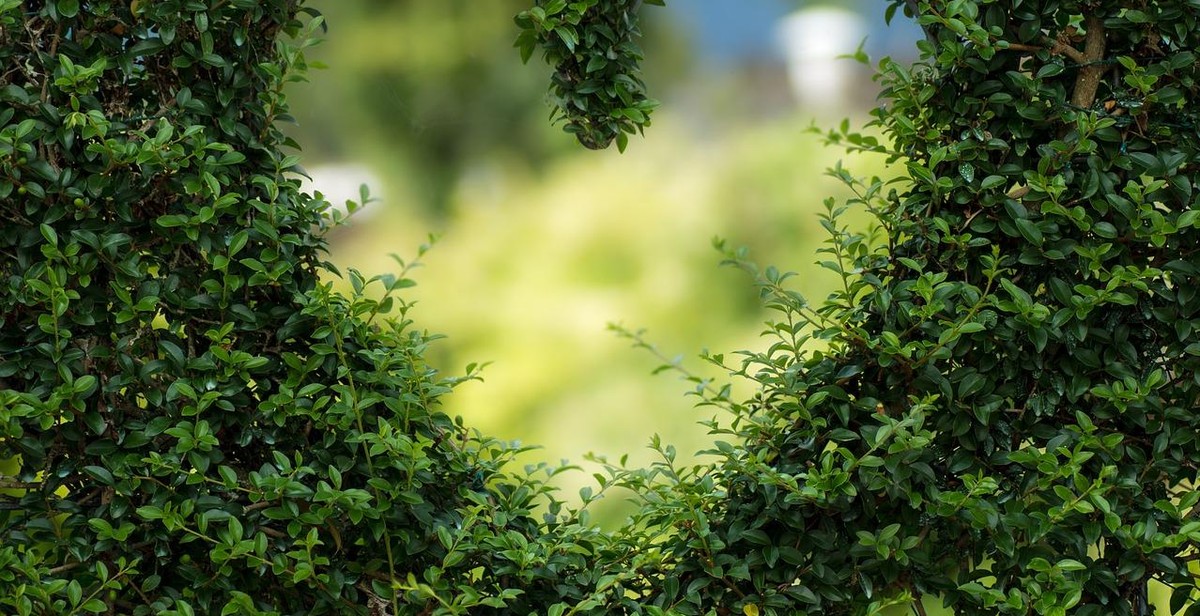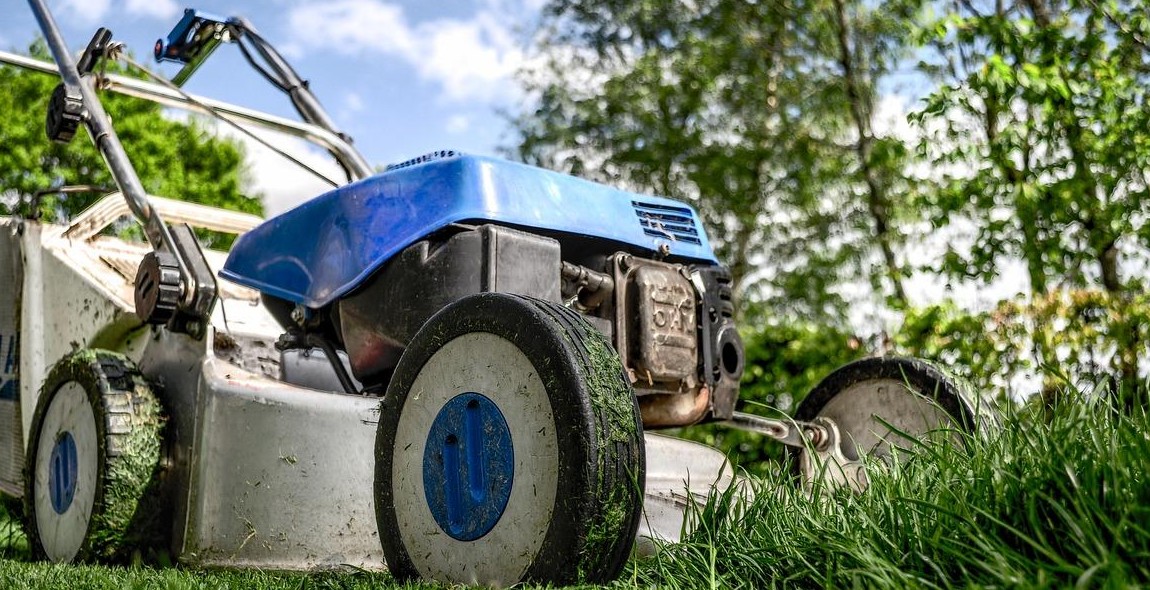How to Grow and Maintain a Lush Garden: Essential Gardening Tips and Techniques
As an experienced gardener, I understand the joy that comes with watching a garden grow and flourish. However, it takes more than just planting a few seeds and watering them to create a beautiful and healthy garden. To achieve a lush garden, you need to have a solid understanding of gardening techniques and the right tools and equipment.
In this article, I will share my essential gardening tips and techniques to help you grow and maintain a lush garden. From choosing the right plants for your garden to proper soil preparation, watering, and pruning, I will cover everything you need to know to create a thriving garden that will be the envy of your neighborhood.
Choosing the Right Plants
Before you start planting, it is essential to choose the right plants for your garden. Consider the climate, soil type, and amount of sunlight your garden receives when selecting plants. You should also consider the amount of maintenance each plant requires, as some plants may be more high-maintenance than others.
Soil Preparation
Proper soil preparation is crucial for the health of your plants. Make sure to test your soil to determine its pH level and nutrient content. You can then amend your soil with compost, manure, or other organic matter to improve its quality.
Watering and Pruning
Watering your plants properly and pruning them regularly are also essential for a lush garden. Make sure to water your plants deeply and infrequently to encourage deep root growth. Prune your plants regularly to remove dead or damaged branches and promote healthy growth.
By following these essential gardening tips and techniques, you can create a lush and thriving garden that will bring you joy for years to come.

Choosing the Right Location for your Garden
One of the most crucial factors to consider when planning your garden is the location. Choosing the right spot for your garden can greatly affect the growth and health of your plants. Here are some essential tips to help you choose the right location for your garden:
Consider the Sunlight
Sunlight is essential for plant growth, and different plants require different amounts of sunlight. Before choosing a location for your garden, evaluate the amount of sunlight the area receives throughout the day. Most vegetables and fruits require at least 6 hours of direct sunlight daily, while some herbs and flowers can thrive in partial shade.
Evaluate the Soil
The type and quality of soil in your chosen location can significantly affect the growth of your plants. Before planting, check the texture, pH level, and nutrient content of the soil. Most plants thrive in well-drained soil with a pH level between 6.0 and 7.0. You can improve the quality of your soil by adding organic matter such as compost or manure.
Check for Drainage
Good drainage is critical for plant growth, as it prevents waterlogging and root rot. Before planting, check if the location has good drainage by digging a hole and filling it with water. If the water drains within a few hours, the soil has good drainage. If not, you may need to improve the drainage by adding sand or gravel to the soil.
By considering these factors, you can choose the right location for your garden and ensure that your plants thrive and flourish.

Preparing the Soil
Before planting anything in your garden, it is important to prepare the soil properly. This will ensure that your plants have the necessary nutrients to grow and thrive. Here are some essential steps to follow:
Remove Weeds and Debris
The first step in preparing your soil is to remove any weeds and debris that may be present. Weeds can compete with your plants for nutrients and water, and debris can block the growth of roots. Use a hoe or a rake to remove weeds and debris from the surface of the soil.
Test the Soil pH
Next, it is important to test the pH of your soil. The pH level of your soil will determine the availability of nutrients to your plants. Most plants prefer a pH level between 6.0 and 7.0. You can purchase a soil testing kit from your local garden center or send a sample to a soil testing laboratory for analysis.
Add Compost and Fertilizer
Once you have removed weeds and debris and tested the pH of your soil, it is time to add compost and fertilizer. Compost is a natural source of organic matter that will improve the soil structure and provide nutrients to your plants. Fertilizer, on the other hand, contains essential nutrients such as nitrogen, phosphorus, and potassium that will help your plants grow strong and healthy.
Spread a layer of compost over the soil and mix it in with a garden fork or a tiller. Follow the instructions on the fertilizer package to determine how much to apply and where to spread it. Be sure to water your soil thoroughly after adding compost and fertilizer to help the nutrients penetrate deep into the soil.
By following these essential steps, you can prepare your soil for a successful gardening season. Remember to test your soil pH regularly and adjust it as needed to ensure that your plants have the best possible growing conditions.

Selecting the Right Plants
One of the most important aspects of growing a lush garden is selecting the right plants. Here are some tips to help you choose the perfect plants for your garden:
Know Your Hardiness Zone
Before selecting any plants, it’s important to know your hardiness zone. This will help you determine which plants are most likely to thrive in your area. Hardiness zones are based on average minimum winter temperatures, and can range from 1 to 13. You can find your hardiness zone on the USDA Plant Hardiness Zone Map.
Choose Plants that Thrive in Your Region
Once you know your hardiness zone, you can start looking for plants that are known to thrive in your region. This will increase your chances of success and ensure that your garden looks beautiful year-round. You can find a list of recommended plants for your region by consulting with a local gardening expert or doing some research online.
Consider the Mature Size of the Plant
When selecting plants, it’s important to consider their mature size. You don’t want to choose a plant that will outgrow its space and become a nuisance in your garden. Make sure to read the plant’s label or do some research to determine how large it will get and how quickly it will grow. This will help you choose plants that are the right size for your garden.
| Tip | Description |
|---|---|
| Check for Disease Resistance | Choose plants that are resistant to common diseases in your area to minimize the need for chemical treatments. |
| Consider the Sun Exposure | Make sure to choose plants that are suited for the amount of sun exposure in your garden. |
| Think About Water Needs | Choose plants that have similar water needs to minimize the amount of watering you need to do. |
By following these tips, you can select plants that are perfectly suited for your garden, making it easier to grow and maintain a lush and beautiful outdoor space.

Planting Your Garden
Planting your garden is an essential step towards growing and maintaining a lush garden. Follow these tips to ensure that your plants grow healthy and strong:
Follow Planting Instructions
Always follow the planting instructions that come with your plants. Different plants require different soil types, levels of sunlight, and watering schedules. Read these instructions carefully and follow them to the letter to ensure that your plants thrive.
Water Your Plants Correctly
Watering your plants correctly is crucial to their health. Most plants require about an inch of water per week, but this can vary depending on the plant and the climate. Be sure to water your plants deeply, so the water reaches the roots. Water in the morning or evening to prevent evaporation during the hot part of the day.
Mulch Your Garden
Mulching your garden is an excellent way to keep your plants healthy and reduce weeds. Mulch helps to regulate soil temperature, retain moisture, and add nutrients to the soil. Spread a layer of mulch around your plants, being careful not to cover the stems or leaves. Organic mulches, such as shredded leaves or bark, are best.
- Always follow the planting instructions for each plant
- Water your plants deeply, about an inch per week
- Water in the morning or evening to prevent evaporation
- Mulch your garden to regulate soil temperature and retain moisture
- Use organic mulches, such as shredded leaves or bark
By following these planting tips, you can create a beautiful and healthy garden that will thrive throughout the growing season.

Maintaining Your Garden
Once you have successfully grown your garden, it is essential to maintain it regularly to keep it healthy and thriving. Here are some essential gardening tips and techniques to help you maintain your garden:
Regularly Water Your Plants
Watering your plants regularly is crucial to keep them healthy and thriving. The frequency of watering depends on the type of plants you have and the weather conditions. Generally, plants need to be watered deeply once or twice a week. However, it is essential to check the soil moisture level before watering. Overwatering or underwatering can harm your plants.
Fertilize Your Garden as Needed
Fertilizing your garden provides essential nutrients to your plants, promoting healthy growth and development. Use organic fertilizers or compost to enrich the soil. The frequency and amount of fertilizer application depend on the type of plants you have and the soil condition.
Prune Your Plants
Pruning your plants regularly helps to keep them in shape and promotes healthy growth. Remove dead or damaged branches, leaves, and flowers. Pruning also helps to improve air circulation and sunlight penetration, preventing diseases and pests.
Keep Pests and Diseases at Bay
Pests and diseases can harm your plants and ruin your garden’s beauty. Monitor your plants regularly and look for signs of pests and diseases. Use organic pest control methods such as neem oil, insecticidal soap, and companion planting to keep pests at bay. If you notice any signs of diseases, remove the affected plants to prevent the spread.
| Essential Gardening Tips and Techniques for Maintaining Your Garden |
|---|
| Regularly water your plants |
| Fertilize your garden as needed |
| Prune your plants |
| Keep pests and diseases at bay |
By following these essential gardening tips and techniques, you can maintain a lush and healthy garden all year round.

Conclusion
Gardening is not just a hobby but a way of life. It is a journey that requires patience, passion, and dedication. Growing and maintaining a lush garden is not an easy task, but with the right tips and techniques, you can achieve a beautiful and healthy garden.
Key Takeaways
- Start by choosing the right plants for your garden based on your location and climate.
- Prepare your soil by adding organic matter and nutrients.
- Water your plants regularly and deeply to ensure they receive enough moisture.
- Control pests and diseases using natural methods or organic pesticides.
- Prune, deadhead, and fertilize your plants to promote growth and blooming.
- Take care of your garden tools and equipment to ensure they last longer.
Final Thoughts
Gardening is a rewarding experience that can bring joy and beauty to your life. It can also provide you with fresh produce and herbs that you can use in your meals. By following these essential gardening tips and techniques, you can grow and maintain a lush garden that will be the envy of your neighborhood.
Remember to be patient, learn from your mistakes, and enjoy the journey. Happy gardening!
